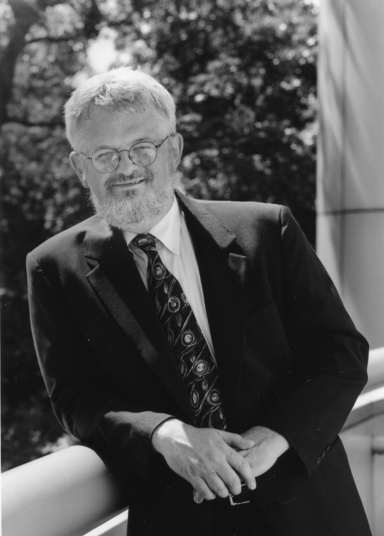Economies only grow when they allow people to innovate, but a pair of University of Iowa legal scholars think federal law as it exists now does not encourage creativity, and even actively works to stifle it.
“Few things are more important to social welfare than innovation, but implementing the right set of legal rules to foster innovation has proven remarkably difficult,” says law professor Christina Bohannan.

Bohannan and law professor Herb Hovenkamp analyzed federal laws relating to innovation for their new book Creation Without Restraint, published recently by Oxford University Press. Both scholars are experts in the fields of law that involve innovation—Hovenkamp in anti-trust and Bohannan in intellectual property—and their book has already been cited in a decision by the United States Supreme Court, in the case Mayo Collaborative Services v. Prometheus Laboratories, handed down March 20.
Their research found a not always sensible set of laws and rules that are confusing, often contradictory and frequently difficult and expensive to follow.

The book is something of a legal how-to guide on using innovation law to expand an economy. History shows that innovation frequently leads to economic growth—from the printing press to the internet—and the link is so clear that the founding fathers had protections for artists and inventors written into the Constitution.
Ideally, Bohannan and Hovenkamp say anti-trust and intellectual property law balance the interests of an inventor and the consumer. The law provides incentives for inventors to take risks and create something new that benefits society, while allowing the consumer the opportunity to use the invention as they wish and possibly improve upon it to create something else new that benefits society.
But over time, laws and judicial decisions have given producers more protection while making it harder for consumers to use that invention for another purpose. Unfortunately, Bohannan says this pro-producer doctrine is anti-innovative because would-be inventors are scared off by the threat of lawsuits and the potential for huge legal judgments for violating a patent or copyright that they often don’t know they’re violating.
Bohannan cites the recent examples of music companies suing fans for hundreds of thousands of dollars for illegally sharing songs that cost 99 cents each online. The punishment, she says, doesn’t fit the crime. In the end, a legal doctrine intended to provide incentives for people to take risks is warped into something that actually eliminates those incentives and scares people off.
Which is why they say a legal how-to guide is needed. Their book shows how anti-trust has evolved in recent years into a more sensible body of law, as courts have come to focus more on consumers than producers and have realized that less enforcement does more to foster innovation than rigid enforcement. The book argues that IP law should follow anti-trust law’s lead. As it stands now, patent and copyright law are so pro-producer that they stop cold most any attempt by people to improve upon an invention or use is it in a new or different way to benefit society. In fields like technology and pharmaceuticals, for instance, patent holders have such a lock on their products that it’s almost impossible for anyone else to do anything with them. Incentives are crushed, innovation is restrained and economic growth is stifled.
“The costs of the patent system outweigh the benefits,” says Bohannan. “Congress needs to start over with these laws and create a body of law that gives proper remuneration to innovators but also lets people use those works to lead to more innovation.”
In their book, Bohannan and Hovenkamp look at how IP law and anti-trust law can work together to encourage innovation. They don’t expect Congress to change laws anytime soon—a large and vigorous lobbying network is in place to make sure the laws remain fully pro-producer—but they do believe the courts have legal room to make decisions that loosen the producers’ control over their patents.